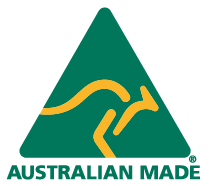There are often confusion between copying CD’s and duplicating. There are two ways to make a copy of a CD or DVD.
- Information can be burned on to a blank CD/DVD-R – this method is called duplication.
- Information can be added during the CD/DVD manufacturing process; this method is referred to as replication.
Process Explained:
For example CD duplication is similar to burning a CD/DVD onto your personal computer. A CD/DVD duplicator extracts data from the master disc and writes it to a blank disc. The difference between burning multiple CD’s at a duplication facility and burning one on your computer desktop is that the duplication facility burns hundreds at a time on towers that are linked together. Each tower contains several CD trays so that many copies can be created simultaneously. After all the data has been written unto the blank CD, the information is verified with the master, and the process is complete.
CD replication, on the other hand, is created during the manufacturing process. In other words, media like a CD/DVD-R does not exist before the process starts. Before the CD replication process gets underway, the client master is painstakingly evaluated for data corruption. Then, a glass master containing relevant data from client-supplied master is created.
CD Replication begins when a flawless glass master is assured. The glass master is used to develop a stamper, which in turn, is loaded into an injection moulding machine that creates CD/DVD replicates. The quality of CD replication depends upon the quality of the glass master’s data. Through each successive step, quality and accuracy is consistently monitored to insure each disc is an exact replica or clone of the original. A layer of micro-thin aluminum is applied to the polycarbonate disc. It is then lacquered for additional protection and printed before packaging.
Some Advantages of CD Replication;
- The unit costs are lower than duplicated discs.
- Both offset printing and screen printing is available for replicated discs.
- Most replication facilities, as a result of their high volume run capability, can auto assemble discs into jewel cases, paper/tyvek sleeves, amaray cases, or cardboard sleeves.
Some disadvantages of CD Replication;
- The standard turn-time is 7-10 business days, longer for runs exceeding 100,000 units. Standard duplication turn times are 2-3 business days.
- High volume, so most facilities have a minimum order requirement of 1,000 units.


